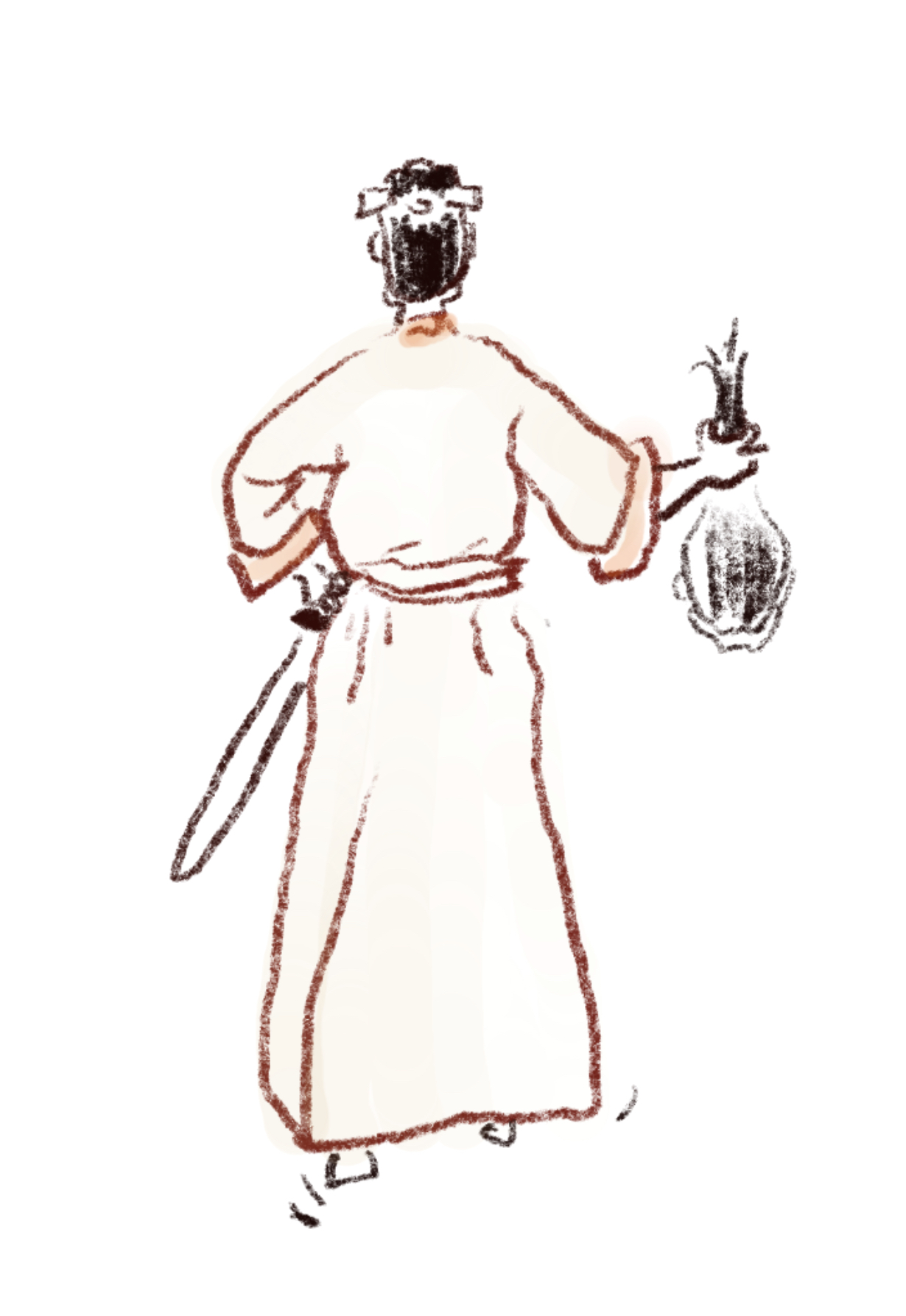Chinese characters are hieroglyphs whose origins can be traced back to the Cossack script. The Koukou script was written on shells and bones during the Shang Dynasty to the Warring States Period, from the 14th century B.C. to the 3rd century B.C., to record divination and rituals, and to manage finances and supplies.
The Chinese character “道” is often used for “paving the way,” “mastering the way,” and “judo.” The “道” in the Koukouji character comes from the picture of a person walking while holding up a fresh head. The head was thought to have the power to subdue the evil spirits of the savage lands.
Japanese poets understood the meaning of this “path” and were able to create poems expressing preparedness. The famous poem, “Doutei,” refers to what one is about to accomplish as “the road.
There is no path before me.
Behind me there is a path.
Oh, nature. My father.
My vast Father who made me stand alone
Keep your eye on me
and protect me Always fill me with the spirit of the Father.
